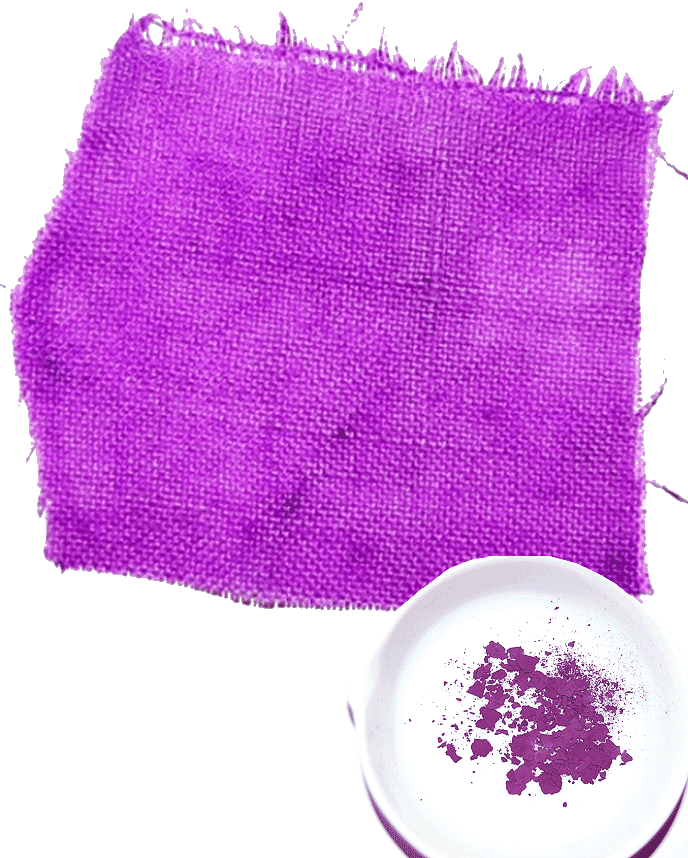In our modern day of mass production, distribution, and chemical engineering, we often forget how the value of things has changed. For example, the Washington Monument in DC was once capped with aluminum at a very high price because at the time, aluminum was very difficult to mine. However, once mining engineers discovered a revolutionary way to mine the ore, the shear abundance of aluminum allowed us all to have a disposable roll in our own home.
 |
| Bolinus Bandaris |
The same is true for the color purple. Up until the 1900's, purple was an extremely expensive dye. Its tradition goes back to the ancient city of Tyre in the Lebanon. There, off the coast, lived a certain species of clams, the
Bolinus Bandaris. These clams produced mucous which, once extracted, could be used to create purple dye. It took as many as 600 clams to produce one drop of purple from their mucous. In this way, Tyre and other Lebanese cities became rich and famous. For years their trade supplied the world with the rare purple dye.
 |
| Tyrian Purple |
The royalty and nobility were the only ones who could afford purple for their clothes. In many cases, they controlled and restricted who could even wear purple. In Byzantium, the emperors monopolized the purple trade and allowed only the imperial family to wear the stuff. Indeed, when an emperor was born to the throne, and this excluded usurpers, he was called "prophyrogenitus" which is Greek for
born of the purple. Phoenicians, Romans, Greeks, Byzantines, Arabs, and Latins all admired and treasured purple. So the next time you buy a particularly deep purple cloth, you can be free to feel a little touch of royalty, as they did who once were born of the purple.






Fascinating how they extracted the purple dye. Good post.
ReplyDelete